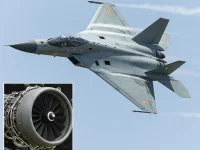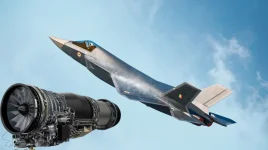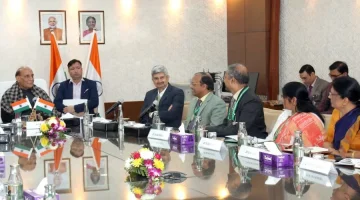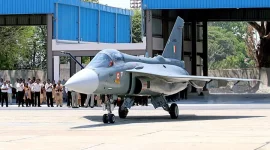- Views: 2K
- Replies: 20
In a major development for India's military aviation programme, Defence Minister Rajnath Singh has confirmed an upcoming collaboration with the French engine manufacturer Safran to jointly develop and produce a new jet engine.
This engine is slated to power India's futuristic fifth-generation fighter jet, the Advanced Medium Combat Aircraft (AMCA).
The revelation, made at the ET World Leaders Forum, marks a critical step forward in India’s long-standing goal of achieving self-reliance in critical defence technology.
Speaking on the government's strategic vision, Mr. Singh emphasised the shift towards domestic manufacturing for crucial military hardware.
"We have also moved towards manufacturing the aircraft’s engine in India itself. We are about to start engine manufacturing work in India with the French company Safran," he stated.
This partnership is designed to reduce India's long-term dependence on foreign nations for advanced military aero-engines, a technology that only a few countries have mastered.
Safran is a globally recognised leader in aerospace propulsion and is the manufacturer of the M88 engine used in the Rafale fighter jets, which are already in service with the Indian Air Force.
The new agreement is expected to be a comprehensive partnership involving a 100% transfer of technology for the design, development, and manufacturing of the engine within India.
This collaboration builds upon the strong existing strategic ties between India and France and will likely be led by India's Defence Research and Development Organisation (DRDO).
The proposed engine is being developed to meet the demanding performance requirements of the AMCA, a stealth aircraft designed for air superiority and strike missions.
It is projected to be a 110-kilonewton (kN) thrust class engine, enabling features such as supercruise (supersonic flight without afterburners), advanced stealth capabilities, and high agility.
While the initial prototypes of the AMCA may be powered by an existing foreign engine, this joint venture with Safran is crucial for producing the more advanced Mk2 version of the aircraft, ensuring its future capabilities are supported by domestically produced technology.




